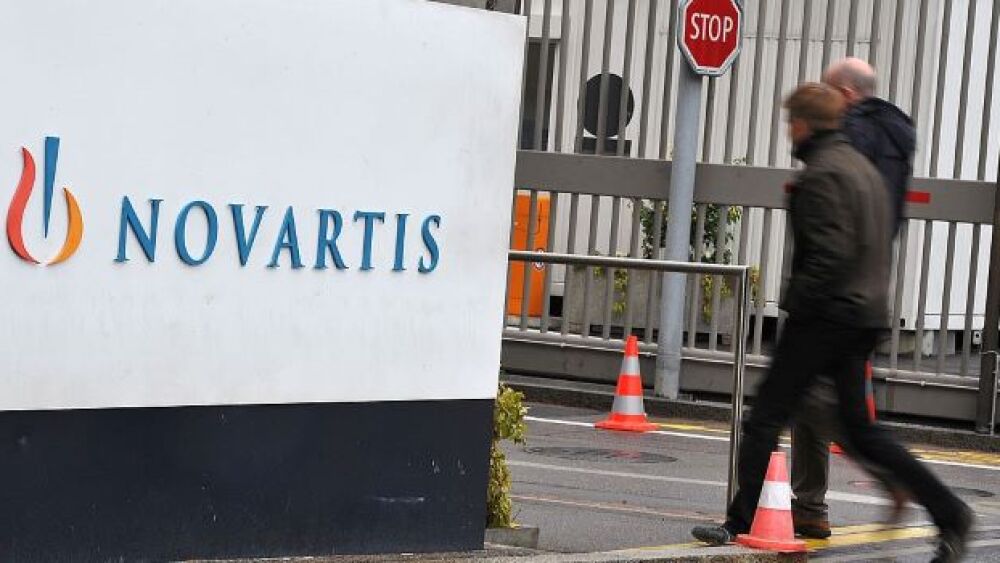Novartis recently announced it is returning a Phase II-ready nonalcoholic steatohepatitis asset to Pliant. The program stemmed from a 2019 collaboration.
Courtesy of Harold Cunningham/Getty Images
Novartis is trimming the fat in 2023. The Swiss pharma announced yet another program cut, this time for nonalcoholic steatohepatitis (NASH).
After inking a collaboration in 2019, Novartis exercised its option to scoop up Pliant Therapeutics’ small molecule αvß1 inhibitor for NASH after a completed Phase I study.
But now it is returning the program to Pliant, cutting its losses on the $79 million it has already paid to its now ex-partner, according to an SEC filing dated Feb. 17.
In the filing, Novartis pointed to its “new strategy focusing on a limited number of therapeutic areas” as its reason for dropping the program.
While Novartis might be done with PLN-1474, Pliant isn’t. The company is evaluating options for the program, “including another partnership... for this Phase II ready asset,” Chris Keenan, VP of corporate communications, Pliant told BioSpace.
With an excellent safety and PK profile, Keenan said, “There’s a lot of potential in the molecule.”
One of Many
The NASH program is just one in a string of other recent pipeline cuts for Novartis. A benefit-risk assessment put the kibosh on its Huntington’s Disease asset.
And a “strategic decision of senior management” had the company abandoning efforts to grab an additional indication for its blockbuster Cosentyx in yet another inflammatory condition – active peripheral spondyloarthritis .
Thursday, Novartis abandoned its ex vivo sickle cell disease program developed using Intellia Therapeutics’ CRISPR gene editing platform in a possible pivot to an in vivo gene therapy under development with Precision BioSciences.
Pliant’s asset isn’t the first NASH program Novartis has dropped. In 2020, the company sold an FGF21 stimulator to Boston Pharmaceuticals. It also dropped its FXR agonist, tropifexor, in the second quarter of 2022, stating a “decision to partner” the asset following a portfolio review.
According to Novartis’ website, one asset remains for NASH – FIA586. Currently listed as being in Phase I, time will tell if FIA586 will stay on the books or meet a similar fate under the new strategy.
In the company’s 2022 recap, Vas Narasimhan, CEO, pointed to five core therapeutic areas: cardiovascular, hematology, immunology, neuroscience and solid tumors. These five areas have the “largest growth potential” and leverage the company’s existing assets and expertise, he said.
Novartis’ recent decisions are in line with what is being seen across the life sciences. With the rising cost of capital, companies are trimming excess programs, narrowing their focus to get the most bang from each dollar.






